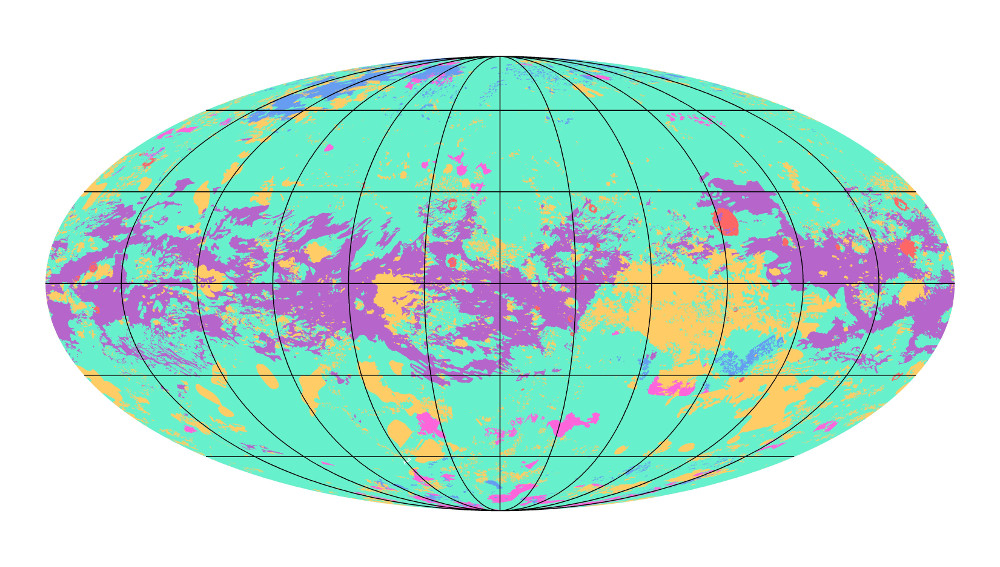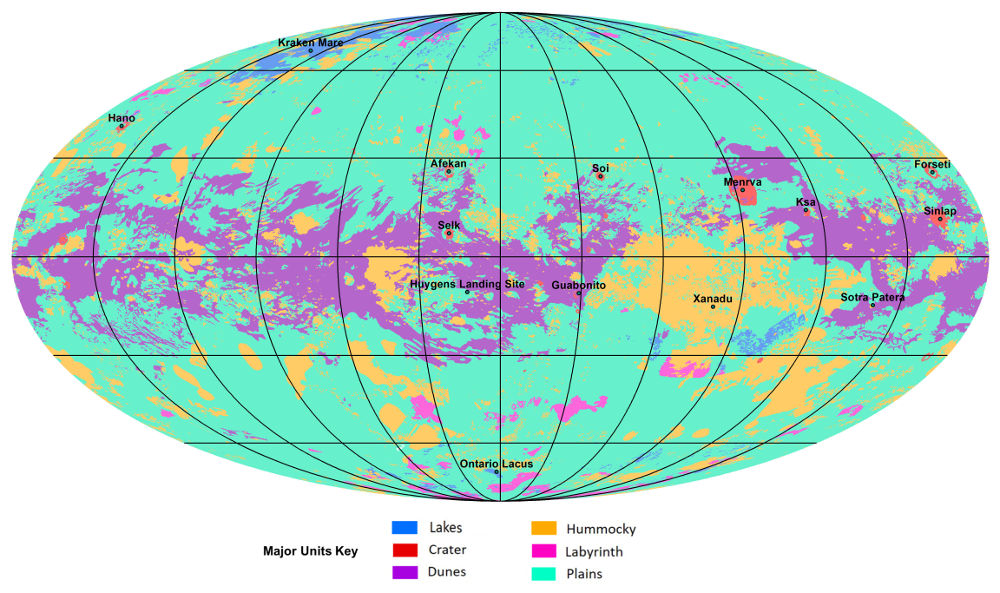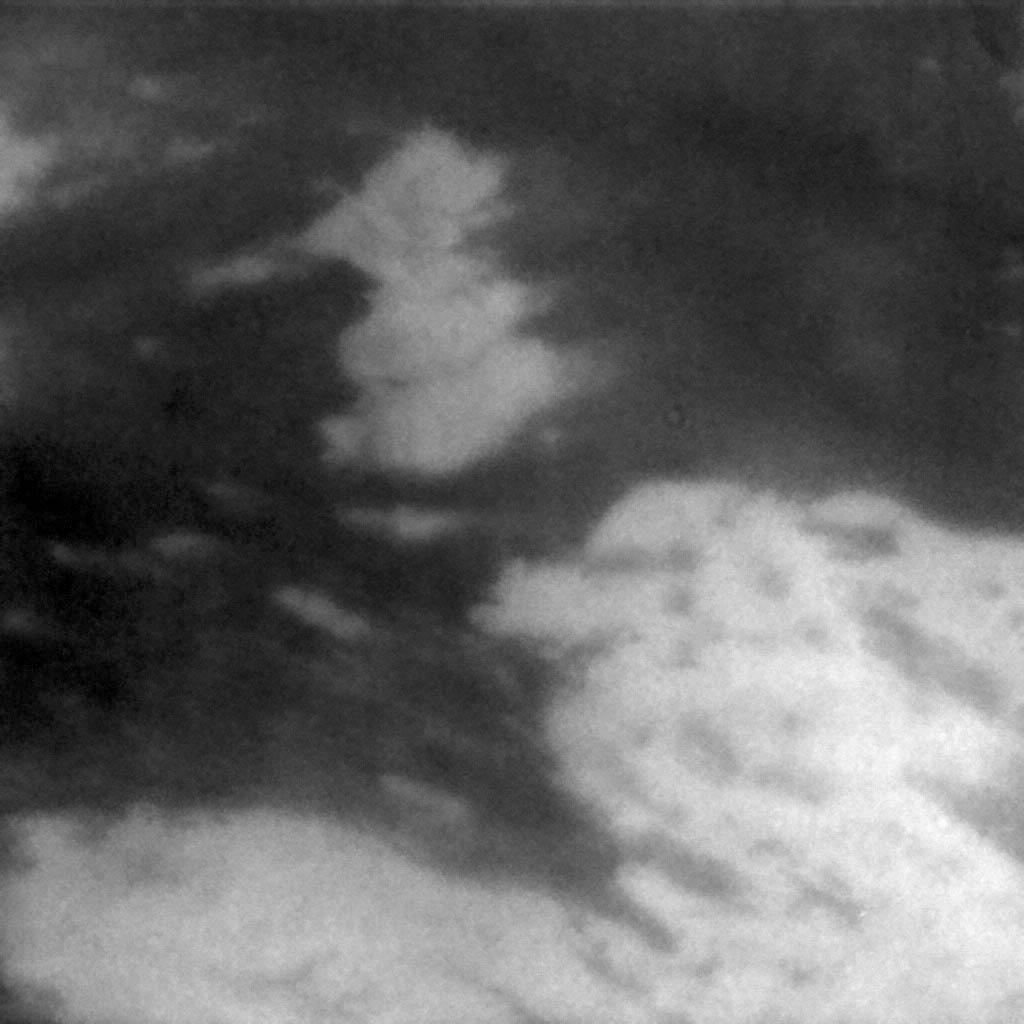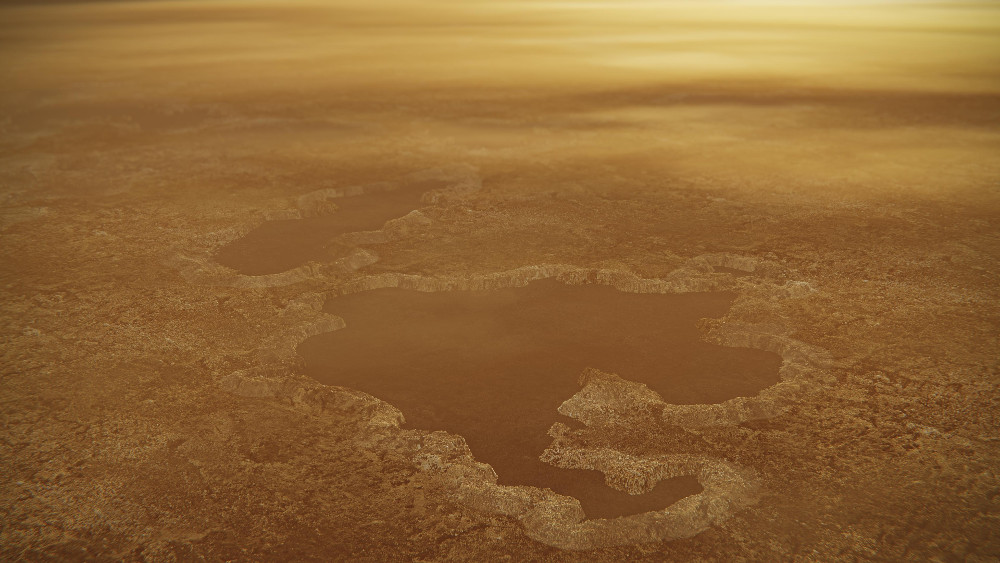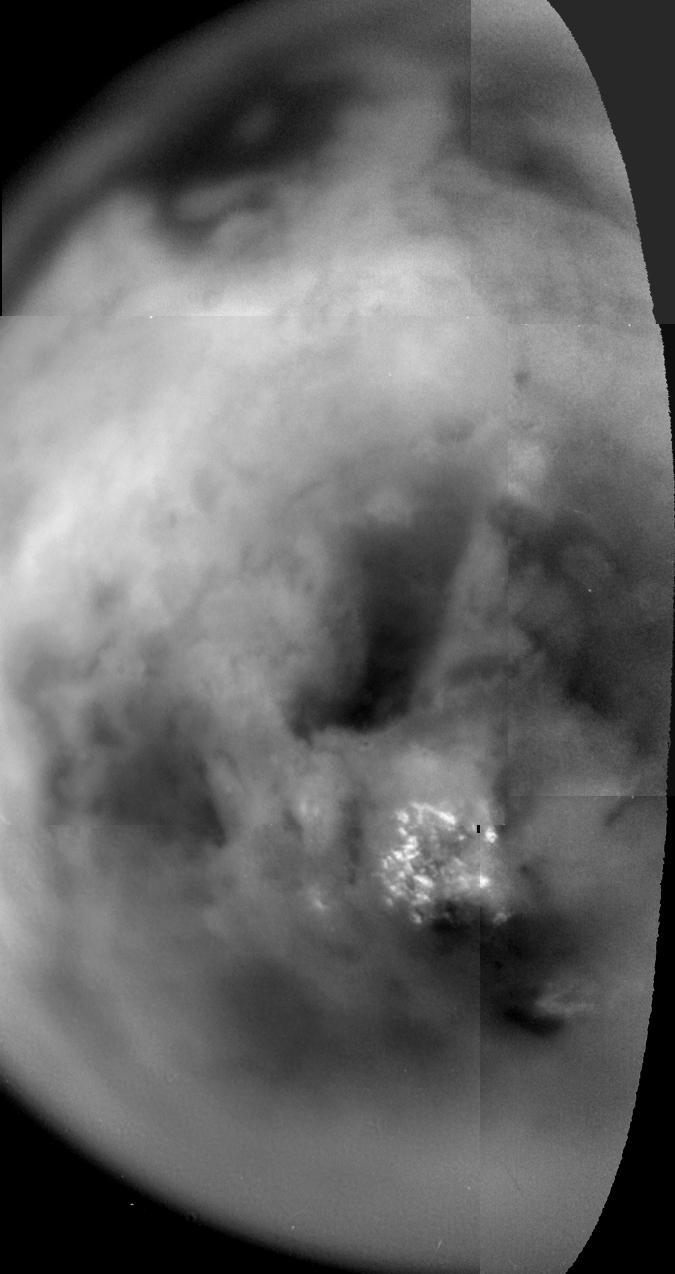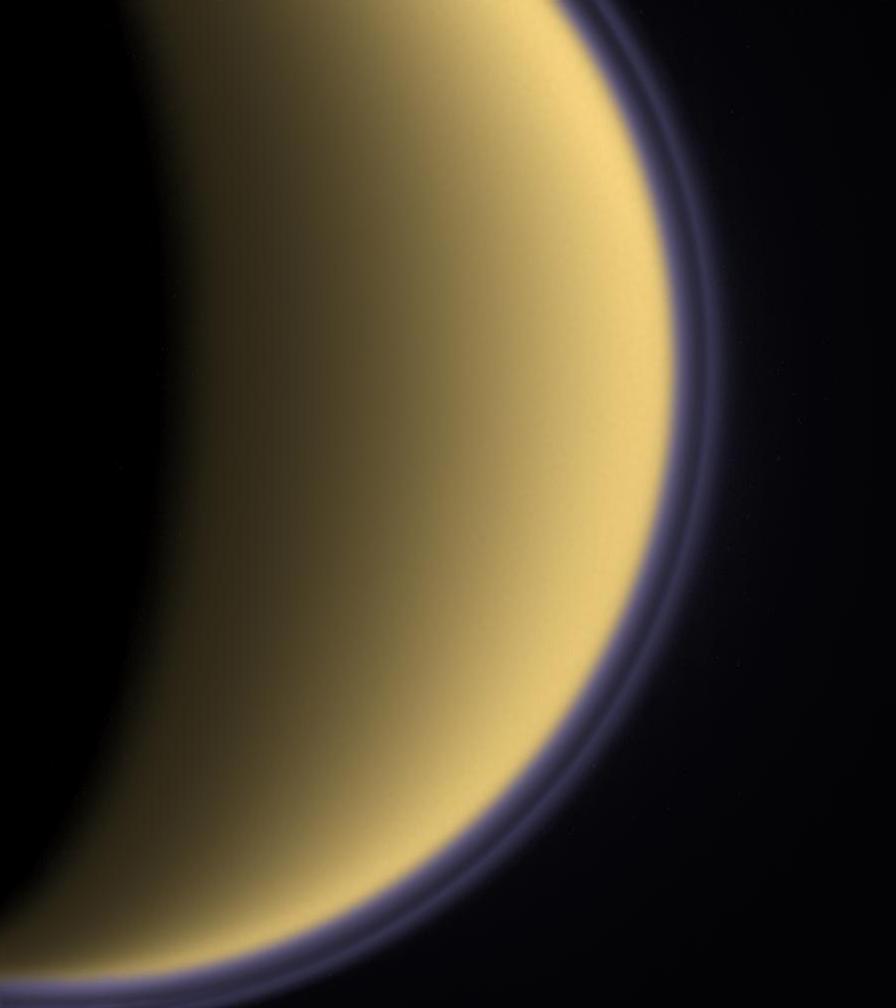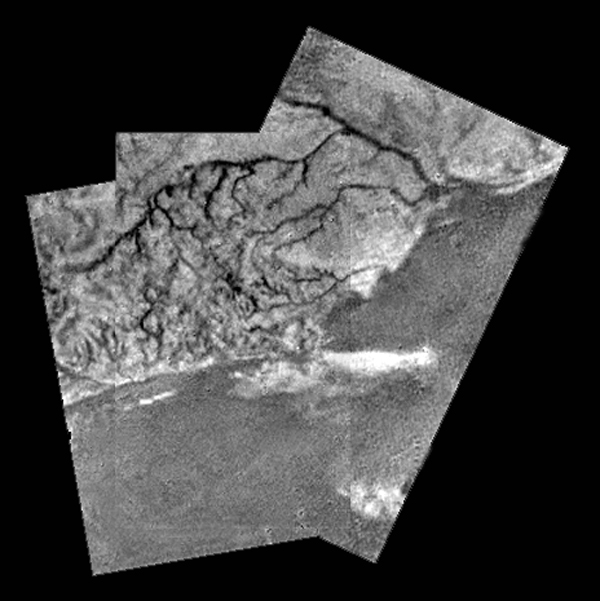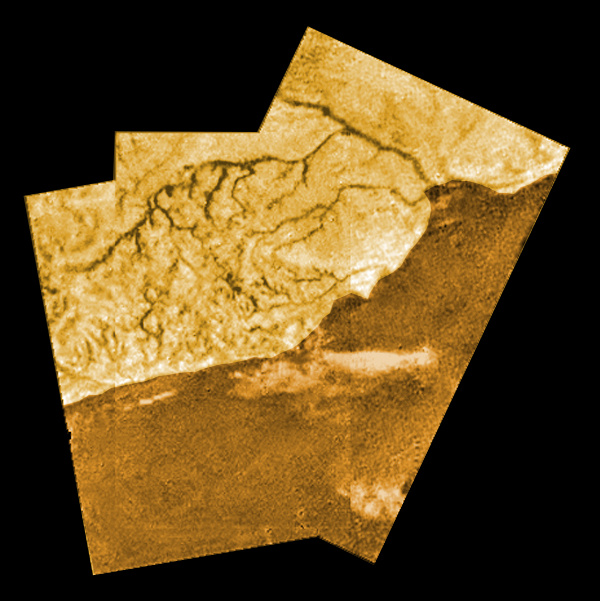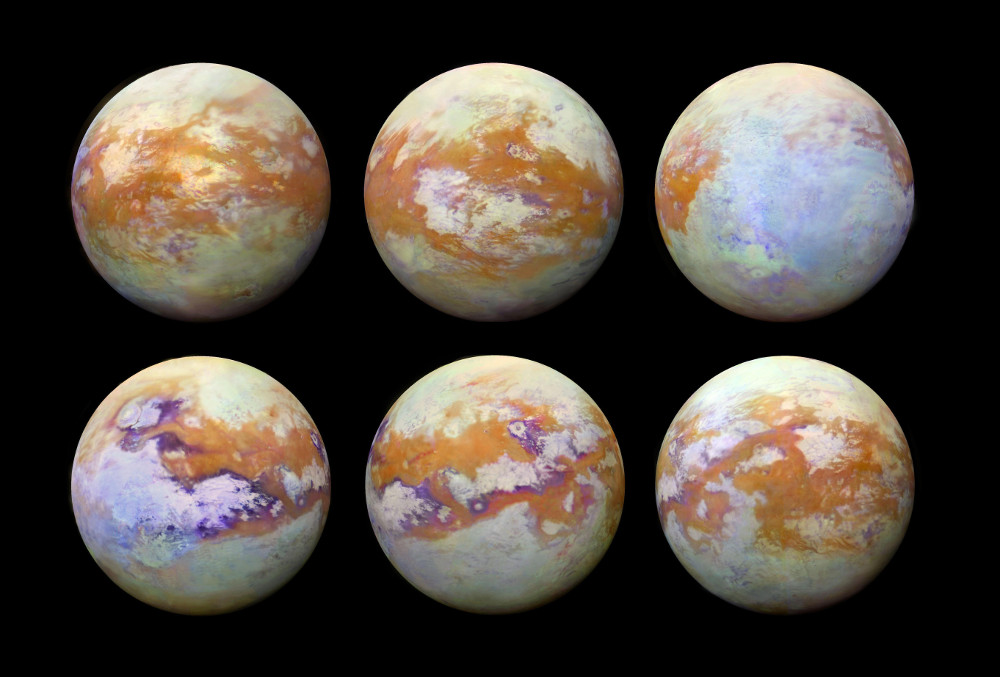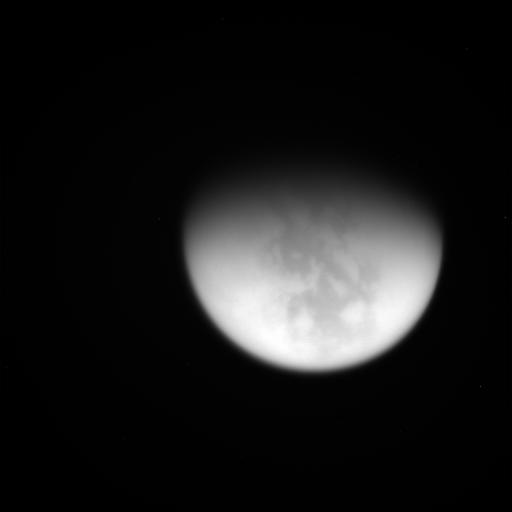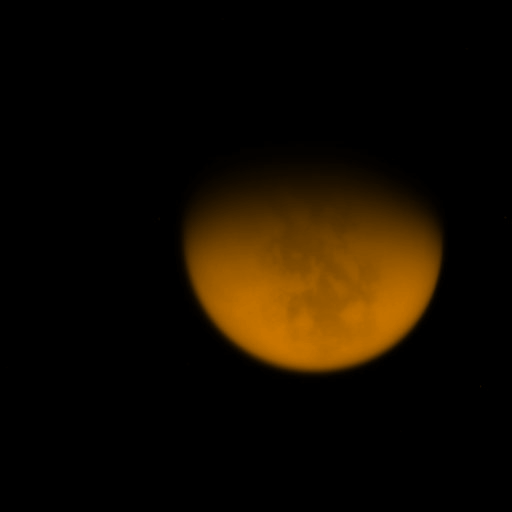|
The image in the upper part of this table
reveals the first global geologic map of Titan produced on the basis of
radar data and Imaging Science Subsystem (ISS) views obtained from the
Cassini orbiter during its long mission in the Saturn System from 2004 to
2017. Surface features on Titan can be well identified in the infrared or
near-infrared spectrum. The vertical space or the horizontal space between
black lines represents 30 degrees of latitude or longitude. The geologic
map is in Mollweide projection, an image of the globe that limits the size
of area distortion, in particular in the polar areas. Let's note, however,
that shapes are increasingly distorted away from the center of the
ellipse. The geologic map of the Opaque Moon is centered on 0 degree
latitude and 180 degrees longitude. The scale in the global map is
1:20,000,000. Image Credit: NASA/JPL-Caltech/ASU. |
